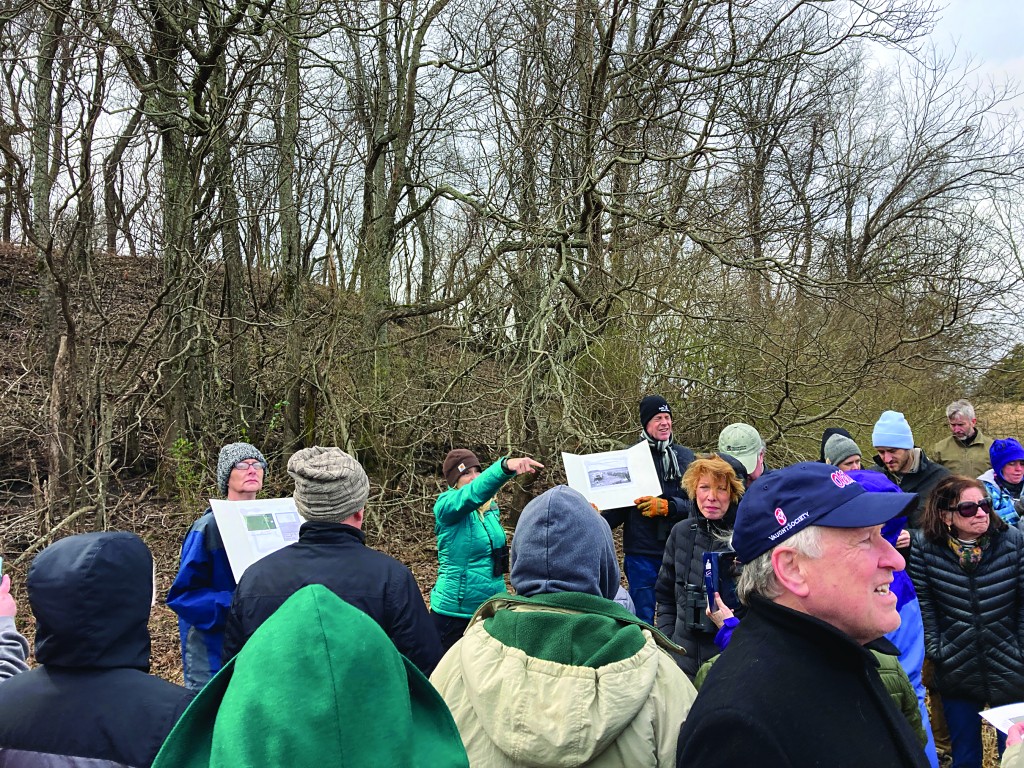Through a partnership with the Delta Wind Birds, The Archaeological Conservancy and the Mississippi Department of Archives and History (MDAH) offered a unique educational event to the public highlighting the importance of ecological and archaeological conservation in the Mississippi Delta. The event was held at the Jaketown Mounds site (2500 B.C. to A.D. 1300) in Humphreys County, Mississippi, a site that is co-owned by the Conservancy and MDAH. Delta Wind Birds is a nonprofit (501(c)(3)) organization dedicated to protecting and creating wetlands, fostering ecotourism, and raising awareness of migratory birds and their habitats. They also offer custom nature tours for small groups.
The event began in a classroom setting for a presentation, “Winter Birds and Archaeology at the Jaketown Mounds,” which focused on the identification and ecology of winter grassland birds of Mississippi, presented by J.R. Rigby and the Delta Wind Birds team. Then the Conservancy’s Southeast Regional Director Jessica Crawford and MDAH’s Chief Archaeologist Cindy Carter-Davis gave a presentation on the archaeology and history of Native people in the Sky Lake area. Following the presentations, the event’s 55 participants visited the Jaketown Mounds site to learn more about the archaeology and history while practicing bird identification skills. After lunch, the tour continued at Jaketown Museum where participants viewed artifacts excavated from the Jaketown Mounds, some approximately 4,000 years old, with interpretation by Crawford and Carter-Davis. The day concluded with a tour and presentation about the more-recent history of the area at Humphreys County Cultural Museum.
Crawford said the Jaketown Mounds site was a perfect location because the site’s management plan, which focuses on protecting the archaeological record, restricts bush hogging except for two to three times a year. This allows the grasses at the site to grow during pivotal times of the year and provides a valuable habitat for local wildlife, including nesting and wintering grassland birds.




